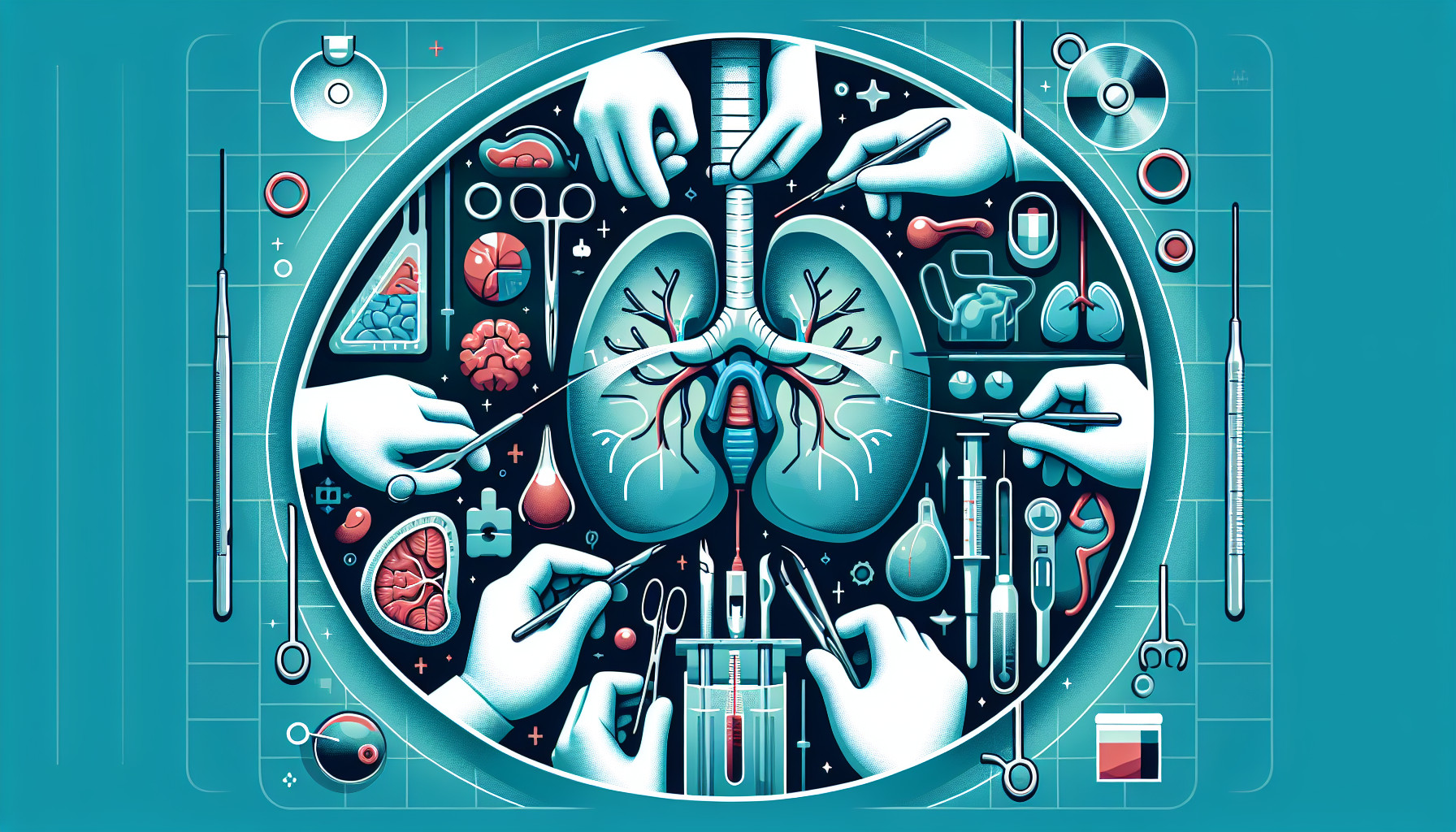Our Summary
This research paper discusses the best timing for treating a common birth defect known as cleft lip and palate (CLP), which often affects the patient’s teeth and jawbone. The study looks at 15 previous studies on this topic. It found that most treatments include braces to align the teeth around the cleft, and a surgery procedure called alveolar bone grafting. This procedure helps repair the bone that supports the teeth. The researchers recommend doing the bone grafting surgery between ages 6-8, just before the permanent front teeth come in. Braces should be used before the surgery to properly position the teeth, and can be used again 6 months after the surgery. The paper notes that there’s no clear agreement on how to measure the success of the bone grafting surgery.
FAQs
- What is the recommended age for the alveolar bone grafting surgery in treating cleft lip and palate?
- What is the role of braces in treating cleft lip and palate, and when should they be used?
- How is the success of the bone grafting surgery measured in the treatment of cleft lip and palate?
Doctor’s Tip
A doctor might tell a patient undergoing cleft palate surgery to follow a strict post-operative care plan, including keeping the surgical site clean and avoiding certain foods that may irritate the area. They may also recommend attending follow-up appointments to monitor healing and address any concerns promptly. Additionally, they may advise the patient to be patient with the healing process, as it can take time for the full results of the surgery to be visible.
Suitable For
Patients with cleft lip and palate, particularly those who have issues with their teeth and jawbone, are typically recommended cleft palate surgery. The best timing for this surgery is often between the ages of 6-8, just before the permanent front teeth come in. Braces are often used before and after the surgery to properly align the teeth and support the bone grafting procedure. It is important to consult with a healthcare professional to determine the best course of treatment for each individual patient.
Timeline
Before cleft palate surgery:
- Birth: Patient is born with cleft lip and/or palate
- Infancy: Patient may have difficulty feeding and may require special bottles or feeding techniques
- Toddlerhood: Speech development may be affected, patient may have difficulty with certain sounds
- Childhood: Patient may experience teasing or bullying due to appearance, may have issues with dental alignment and jawbone development
After cleft palate surgery:
- Preschool age: Patient undergoes initial surgeries to repair cleft lip and palate
- School age: Patient may receive orthodontic treatment to prepare for bone grafting surgery
- Ages 6-8: Patient undergoes alveolar bone grafting surgery to repair bone supporting the teeth
- Post-surgery: Patient may need braces again to properly position teeth, and may undergo speech therapy to improve speech development
- Adolescence: Patient may undergo additional surgeries for cosmetic or functional reasons
- Adulthood: Patient may continue to receive dental and orthodontic care to address any lingering issues related to cleft palate surgery.
What to Ask Your Doctor
- What are the potential risks and complications associated with cleft palate surgery?
- How long is the recovery process and what can I expect during the recovery period?
- Will there be any scarring or visible marks after the surgery?
- How many surgeries will be needed to fully correct the cleft palate?
- Will I need to follow a specific diet or take any special precautions after the surgery?
- How will the surgery impact my ability to speak and eat?
- Are there any long-term effects or complications I should be aware of?
- Will additional treatments, such as speech therapy or orthodontic care, be necessary after the surgery?
- How experienced are you in performing cleft palate surgeries and what is your success rate?
- Are there any alternative treatment options available for cleft palate that I should consider?
Reference
Authors: Mundra LS, Lowe KM, Khechoyan DY. Journal: J Craniofac Surg. 2022 Jan-Feb 01;33(1):206-210. doi: 10.1097/SCS.0000000000007890. PMID: 34967522
